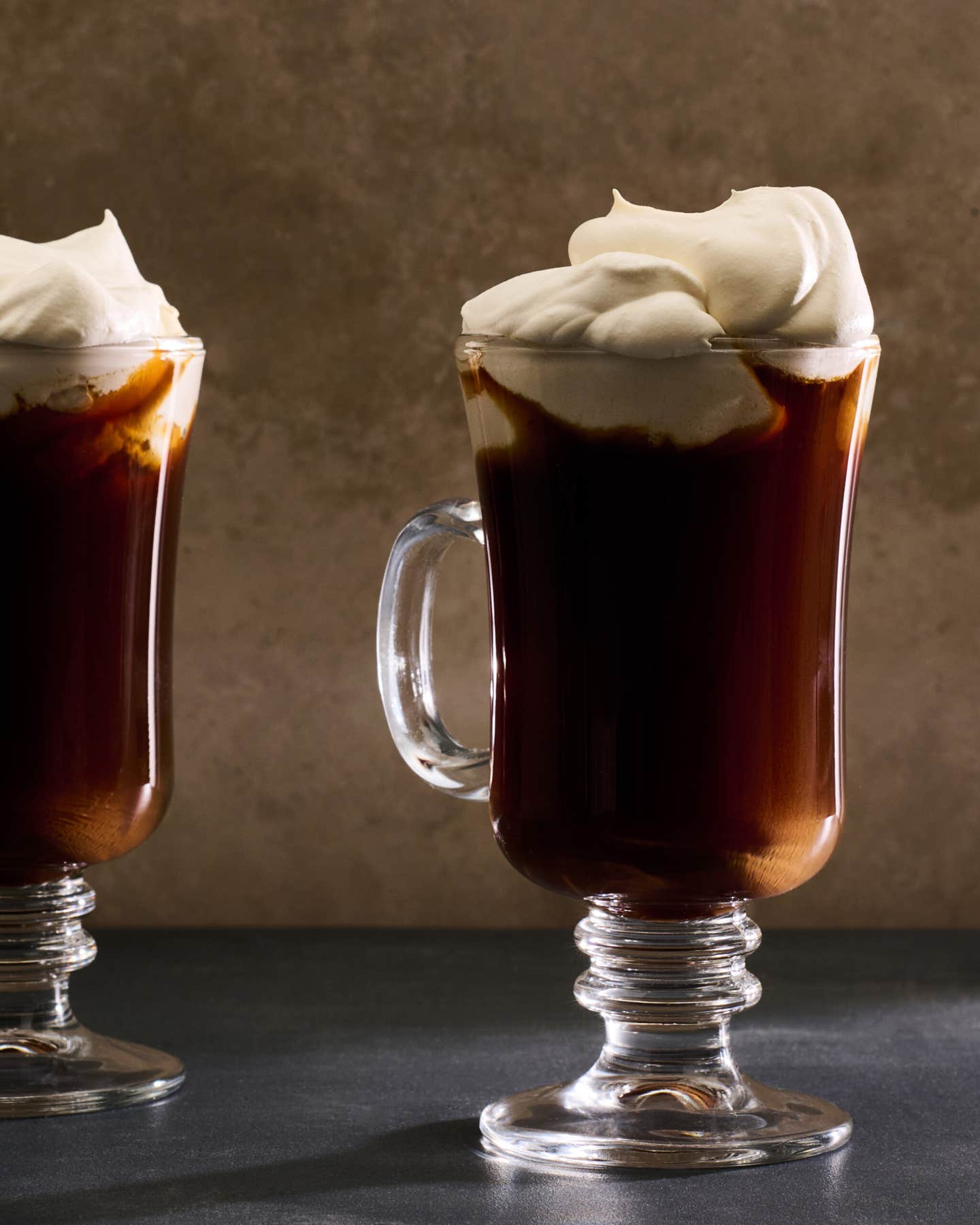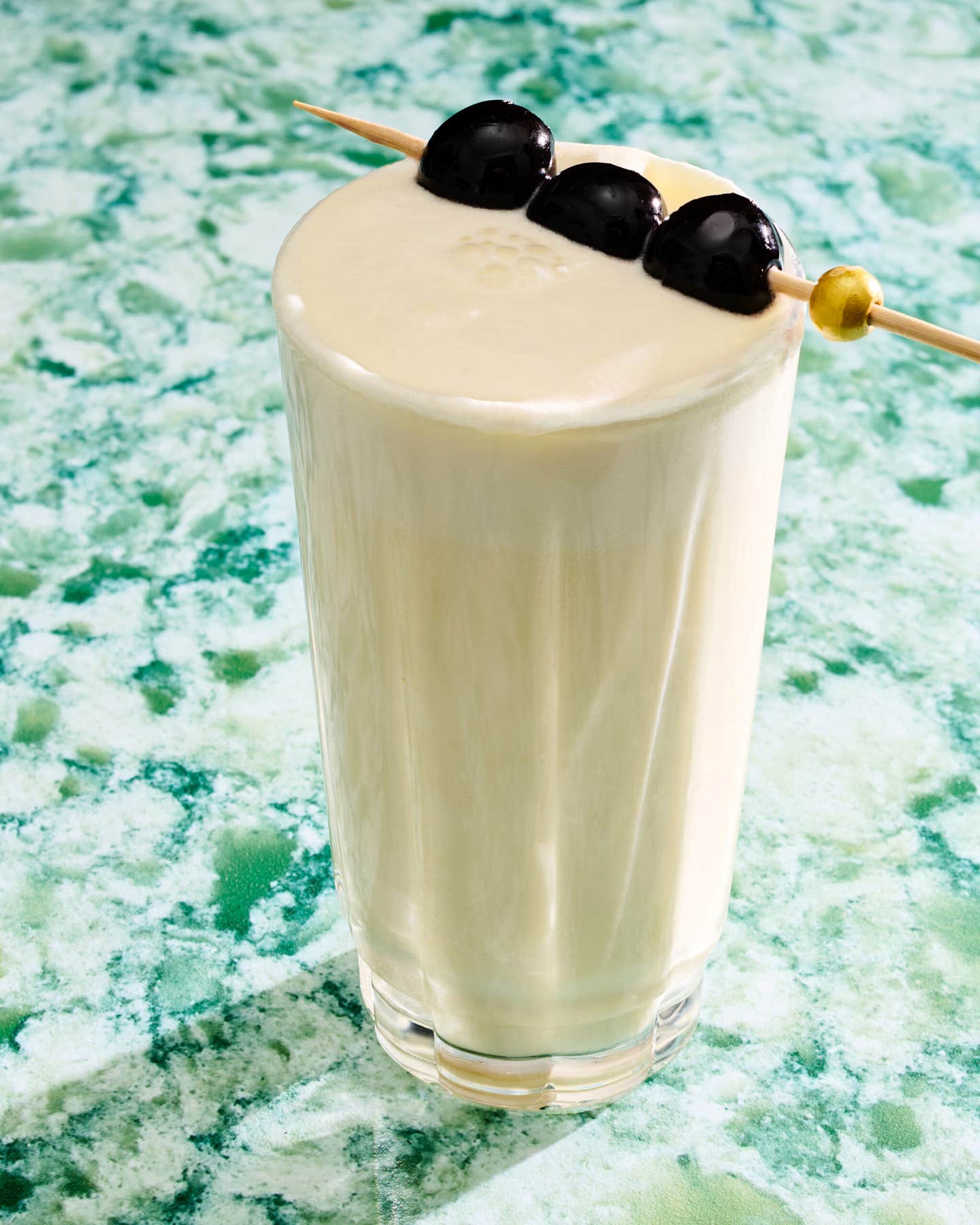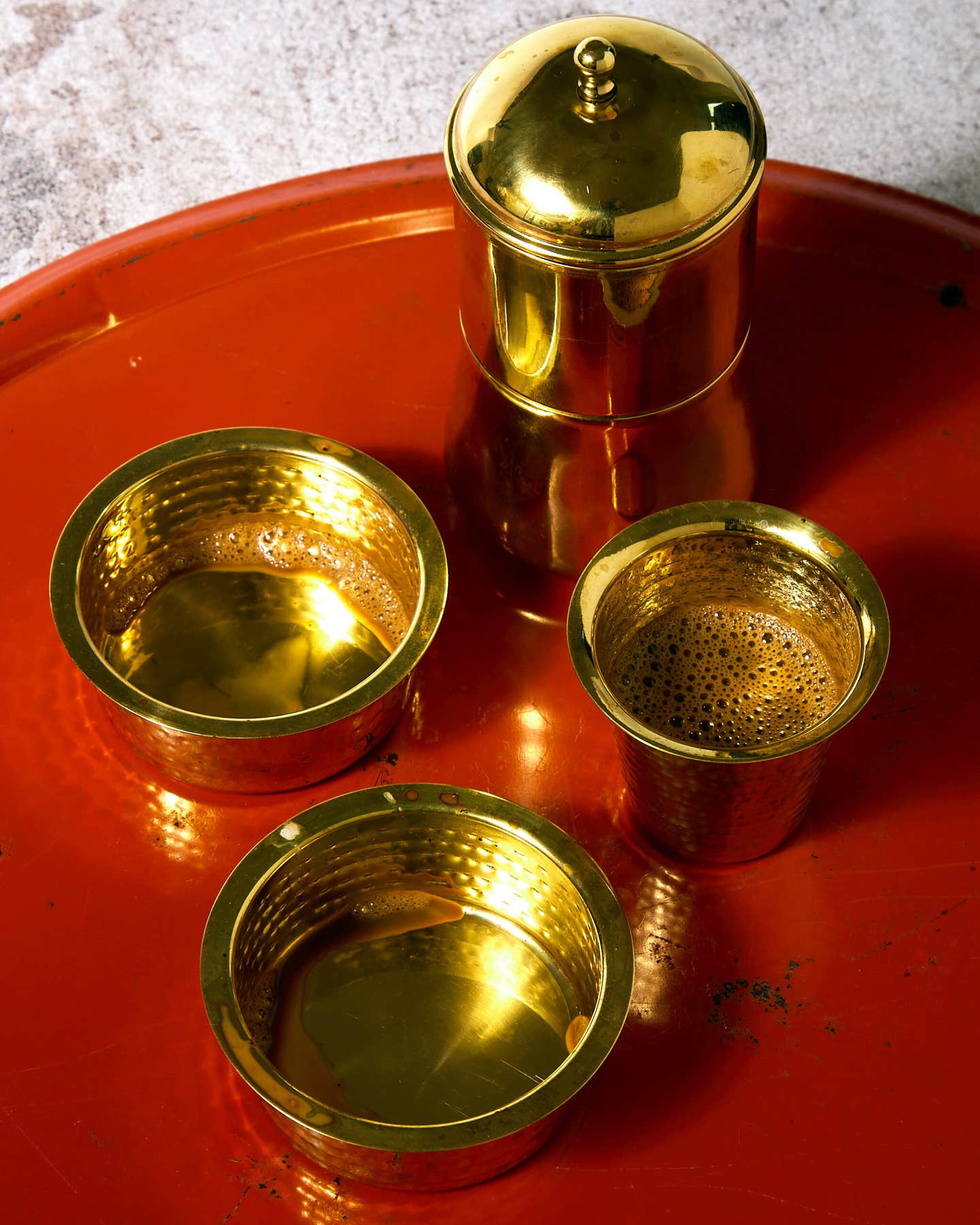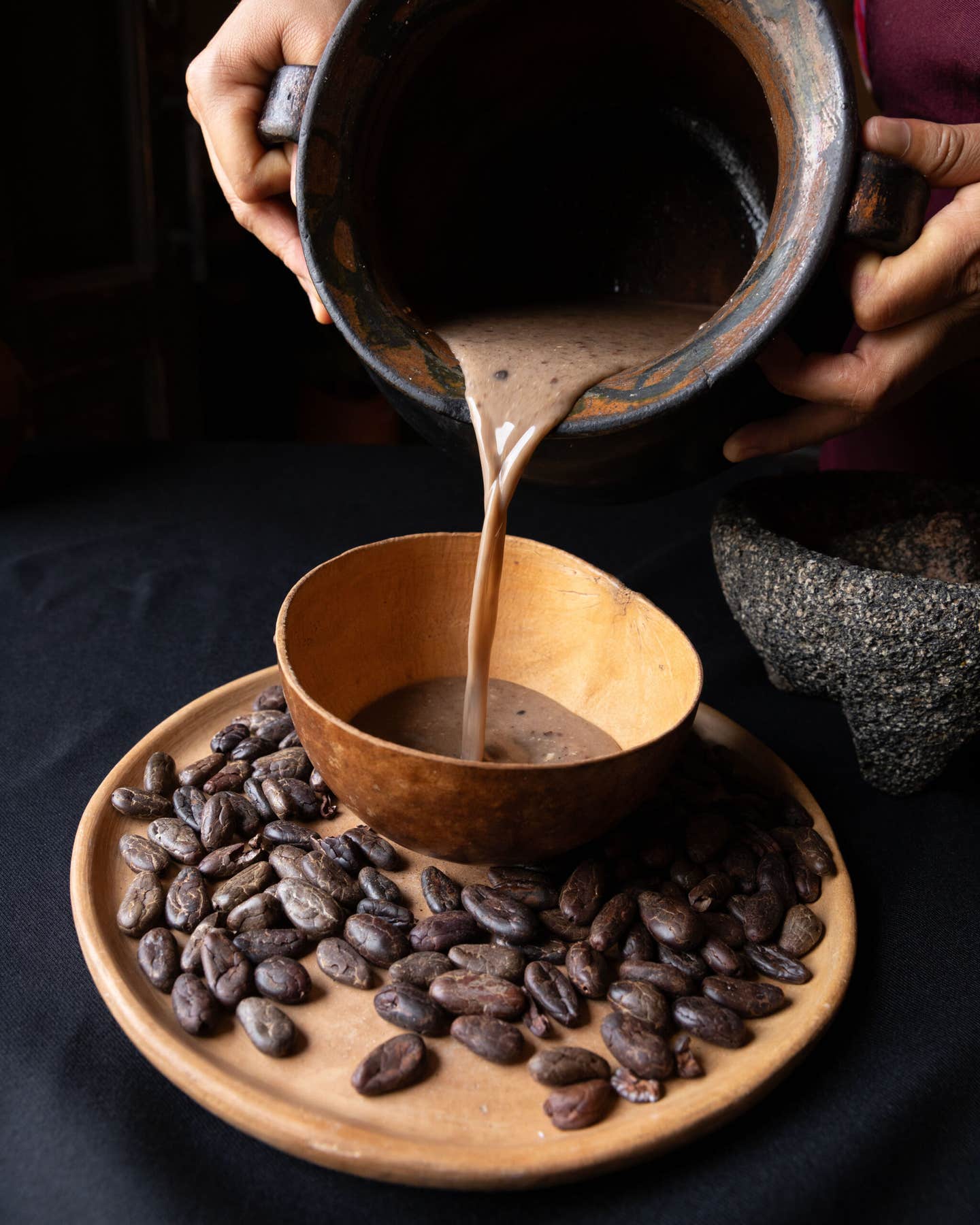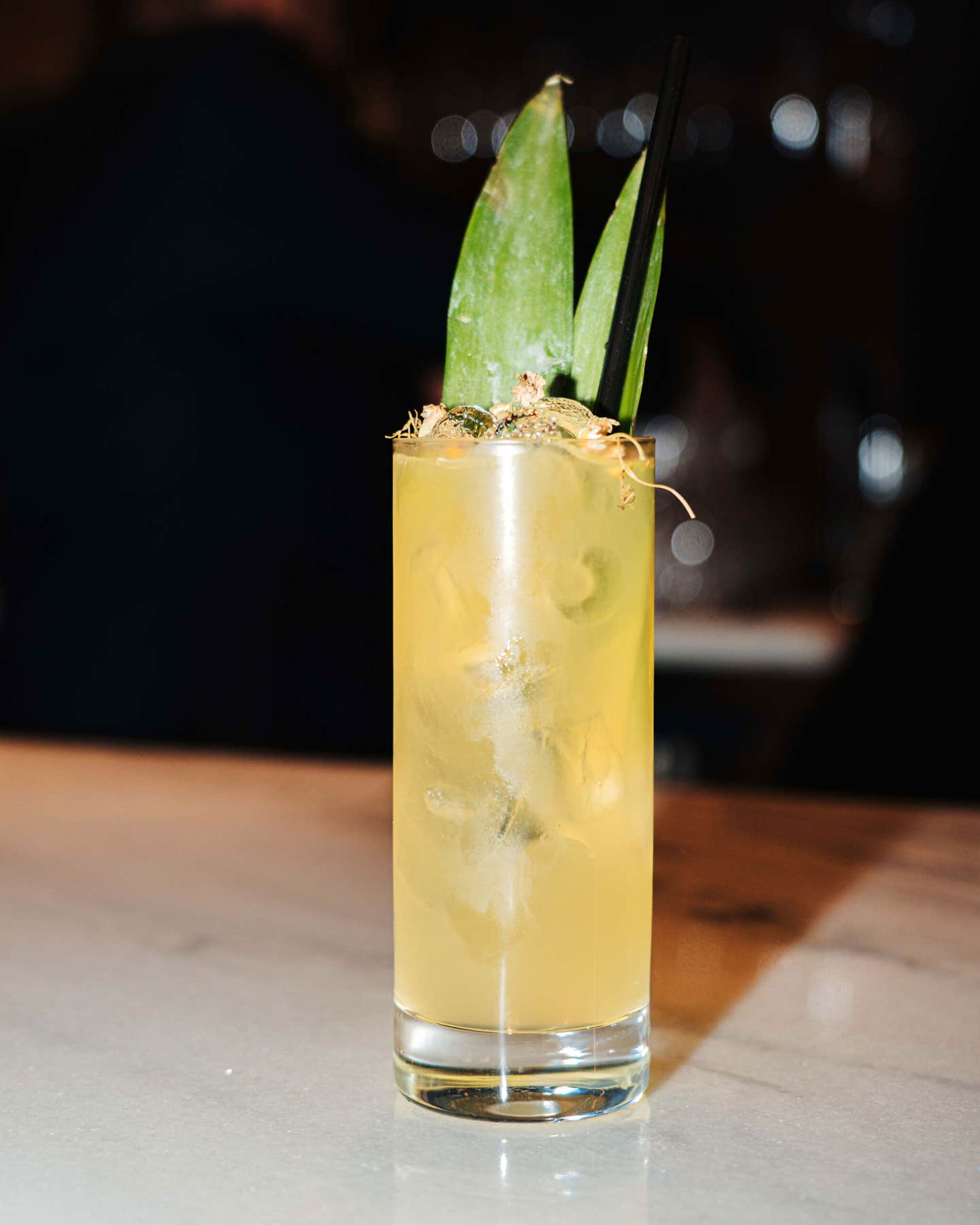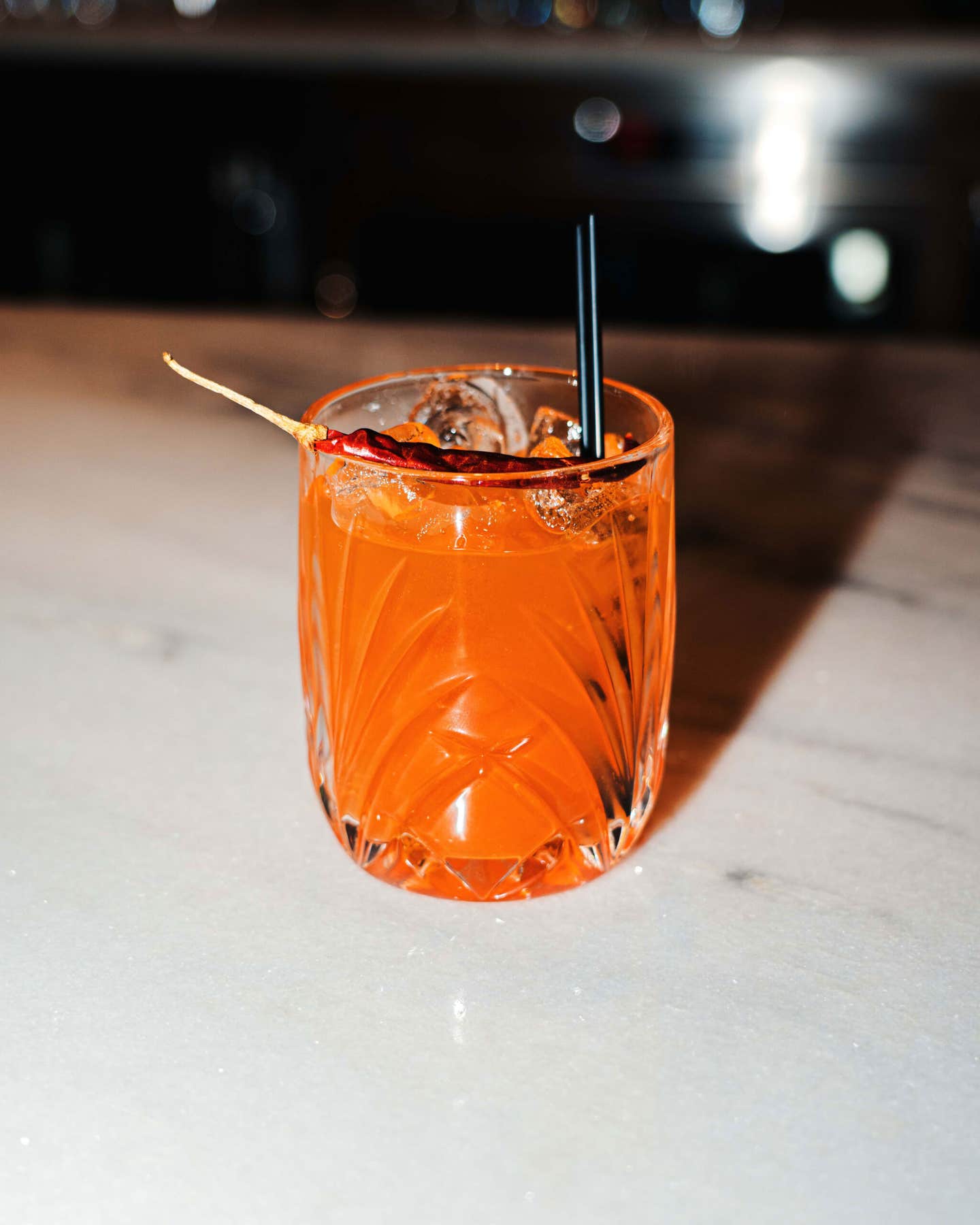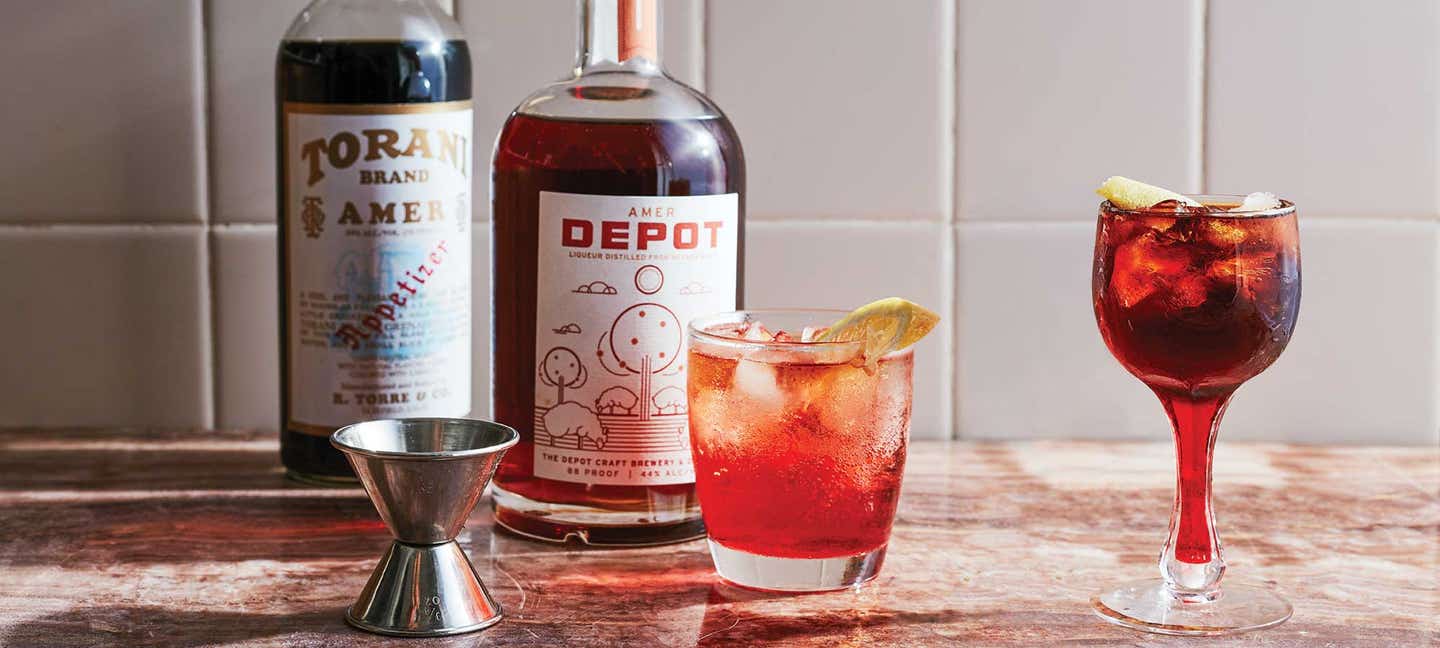
The Obscure French Bitter That Took Over Nevada—And Many Bartenders’ Hearts
Amer Picon is not a bottle you come across casually. Just ask the devotees who are smuggling the liqueur into America, or trying to make their own
I'd been in Elko, Nevada, for less than an hour, and I'd already broken a rule. I had come to The Star Hotel, a century-old restaurant and former boarding house for cattle ranchers, in search of the Picon punch. There it was, advertised on a chalkboard menu. YOU ONLY NEED ONE, PROMISE was written underneath.
I only saw the sign when already sipping my second. But given that I'd driven to this stretch of northeastern Nevada for the sole purpose of chasing the elusive cocktail, I gave myself a pass. In the boarding houses, its assembly usually goes something like: Toss a few ice cubes in a glass. Drizzle with grenadine. Fill with Torani Amer. Add a little soda, if you remember. Float brandy on top, and add a lemon twist.
What might you imagine Nevada ranchers drinking, posted up at the local watering hole? Beer, perhaps. Maybe with a shot of whiskey, or tequila. Certainly not a punch made with an obscure French bitter, or any derivation thereof, in a stiff drink that wouldn’t read as out of place on a Manhattan cocktail list.
In Elko, and Reno, and the tiny town of Winnemucca, the local drink of choice is this Picon punch—brought there, it's surmised, by those towns' substantial Basque populations in the late 19th century. "The way New Orleans has the Sazerac, northern Nevada has the Picon punch," says Brandon Wright, co-owner of The Depot, a brewery-distillery in Reno. It's a powerful concoction, consisting almost entirely of 80-proof alcohol, with just a bit of grenadine and soda to temper its namesake ingredient. Traditionally, the "picon" in that punch was Amer Picon—a French liqueur that's bright with orange peel and complex with earthy, bitter elements. Today, Amer Picon is no longer sold outside France, so Nevada bartenders who continue to hold up the tradition make do with domestic versions.
Outside northern Nevada and certain Basque enclaves in Idaho and California, the Picon punch is all but unknown. But there’s another group who adore and even fetishize Amer Picon itself: modern-day mixologists. The liqueur figures in a number of classic cocktail books, due to its popularity in the late 19th century. And its rarity has made it the subject of great fascination. I’ve had a bartender at a venerable Japanese hotel pour me half an ounce of Amer Picon from an antique bottle he’d smuggled from France. Some mixologists are devoting considerable time to perfecting their own replicas with aromatic botanicals. It’s not a bottle you come across casually.

Amer Picon's History
Like so many bitter liqueurs, Amer Picon had a medicinal intent early on: A Frenchman, Gaétan Picon, developed it as a malaria remedy in 1837 while stationed in Algeria, using quinine along with other botanicals and enough Algerian orange to make it palatable. He was enlisted to produce it for French soldiers, and its popularity grew from there; by the late 19th century, it was known throughout Europe and, later, the United States.
As ever, tastes change. Bitter drinks fell out of favor; meanwhile Amer Picon, after a change in ownership, altered its formula, lowering its proof from 39% ABV to 18%. By the 1990s, they stopped exporting altogether.
It's the liqueur's rarity that explains much of its appeal. (See also: Havana Club, the iconic Cuban rum, which American bartenders can't legally purchase and thus adore.) But that's not its only merit. Amer Picon is delicious—its bright, orangy flavor an ideal counterpart to the bitter botanicals that underlie it. And as classic cocktails have become increasingly popular, bartenders want to get their hands on an ingredient that appears in vintage recipes. In short, it's worth smuggling a bottle of your own to the States.
Making Its Way to Nevada
But back in northern Nevada, "Picon" isn't a culty mixologist obsession. It's what old ranchers drink when their wives aren't around, according to Chris Shanks, sixth-generation Nevadan, co-owner of The Depot and owner of Louis' Basque Corner in Reno. "The old-school guys would use the same glass as they drank one after another, and keep the lemon rind garnishes in their glass, so they could keep track of how many they'd had," he says. "But only when their significant others weren't around to catch them at it."
Over the last decade, endless ink has been spilled on Basque cuisine: The many Michelin stars of San Sebastian, the pintxo culture of tapas-style bites, the incredible wine and cider. What Basque fare is to the food-obsessed, Amer Picon is to the drink-obsessed: a topic of great fascination. And yet Nevada's substantial Basque heritage has largely gone unnoticed by those outside of the state.
Waves of Basque immigration to the United States began in the Gold Rush era. Many of these migrants, sheepherders by trade, found equivalent work in Nevada, largely in cattle ranching. “My theory is that the mountain ranges here resemble those of their home in the Pyrenees, and offered a similar lifestyle,” says Shanks. “All throughout the rural agrarian communities of Nevada, you’ll see Basque communities doing the same things their families had done in Europe—farming and ranching.” Migration continued into the 20th century, driven in part by Franco’s persecution of the Basques in Spain. Many Nevada families identify strongly with their Basque heritage, often those families with distinctive, many-syllable names: Jauregui. Aldazabal. Erreguible.
Nevada Basque cuisine, as it exists today, is thoroughly Americanized. Migrant ranchers would often stay in boarding houses, according to Shanks, with dining halls on the ground floor and rooms upstairs. Several of those establishments survive today as restaurants that serve enormous family-style meals of Basque-American fare. “Guys were working all day, so this might have been their only meal,” says Shanks. Staples include soup, green salad served with beans, and enormous platters of meat: “Lamb, beef, sweetbreads, oxtail,” he says. “Hearty, cheaper food that you can make go a long way—that’s become our Basque heritage.” And what do you drink at these boarding houses? Along with table wine, Picon punch.
Nevada's Basque culture has evolved as distinct from anything a native vasco might recognize, and the Picon is no exception. "People here think the Picon punch is 100% Basque, and people over there must know about it," says Anamarie Lopategui, co-owner of Ogi Deli in Elko, who still has family in the "old country." "But it's not true. If you go to the Basque country, no one has any idea what the drink is."

Picon punch was popularized within the Basque boarding house culture, also once prominent in San Francisco. While its exact origins are disputed, The Basque Hotel, in San Francisco's North Beach neighborhood, is often cited as its birthplace. (The bar that stands on that site today, 15 Romolo, is the rare place outside Nevada to serve its own version of the Picon punch.) The Basque Hotel's owner eventually moved to Elko County and established one of the biggest ranches in the area, says Lopategui; that could explain the drink's journey to Nevada.
There’s the minor wrinkle that Amer Picon is not, itself, Basque; it was produced in Marseilles. But its popularity across Europe was widespread enough, in the 19th century, that most Basque immigrants would have been familiar with it.

Amer Picon Today
Today, of course, virtually no one in Nevada drinks true Amer Picon. Instead, all those Picons contain a version of amer made by Torani, out of San Francisco—whose name you’ll recognize from brightly colored syrup bottles that are a staple of coffeehouses everywhere. Torani Amer is, in fact, the only alcoholic product the company sells. They began producing their own amer immediately after Prohibition was repealed, according to Andrea Ramirez, the company’s manager of consumer and customer market insight, because the Basque community in San Francisco was looking for a local, less expensive base for their Picon punches. Today it’s primarily sold in Nevada, as well as parts of Idaho and California.
"It's a legacy product," she says. "We've never had to advertise or promote it, for all these decades. We don't have to babysit it. It has its niche and it's successful there." Heavy on the caramel and orange, Torani's not a perfect replica of the French original, but it's a brawny anchor for a Picon punch, which—in the most pragmatic sense—is a perfect aperitif: bitter and boozy, girding you for a meaty, convivial feast ahead. "You gotta try that before you eat. It gives you more appetite," according to Louis Erreguible, founder of Louis' Basque Corner in Reno, in a 2012 interview with Imanol Murua. "It's the truth. You drink one Picon, it makes you feel like eating." More than one Picon, they maintain, is not recommended for outsiders. "We say, 'Two are the Picon and the third is the punch,'" said Louis's wife Lorraine Erreguible.
While firmly entrenched within the boarding house tradition, Picons were consumed far beyond that, according to Brandon Wright. “Picon punches were a part of every family gathering that we had growing up in Nevada,” he says.
It's that centrality in the community that inspired Wright and Shanks to create a modern-day amer at The Depot. "We wanted to make something true to the tradition of Amer Picon," Wright says, "but put our own twist on it." Heavy on the orange, Amer Depot is lighter in color than Torani's version, with a pronounced bitterness from cinchona bark and a complex array of botanicals including ginger, rose hips, and elderberries. It's significantly more nuanced than Torani Amer, and makes a mean Picon punch in its own right.
Lopategui, who uses Amer Depot in her deli's Picon punch, believes that the drink isn't just for weathered old ranchers anymore. "When I was growing up, it was what dads and grandpas drank," she says. "But today, you'll see people in their 20s trying a Picon, and they'll love it. Culturally, it's interesting; people love it across the board."
Wright agrees. “We’re at such an interesting cultural crossroads in northern Nevada. It’s one part Burning Man, one part cowboy boots. And I have a lot of affection for that,” he says. “There’s a certain romanticism about the things that make northern Nevada special. And the history of Picon is one of them.”
Keep Reading
Continue to Next Story



